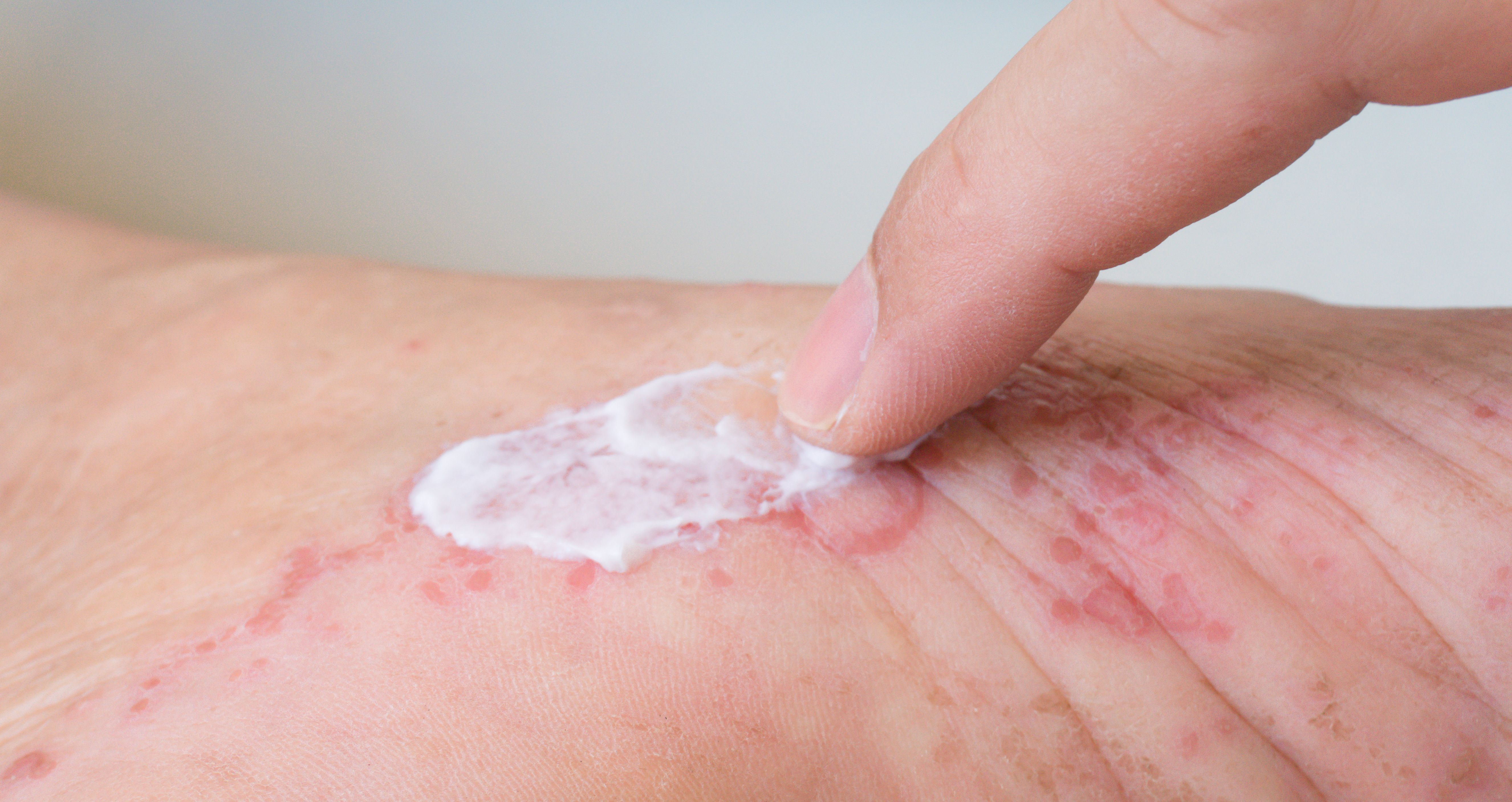Article
Melanoma: Minding Markers, Making Progress
Author(s):
Melanoma accounts for just 5% of skin cancer cases, but 3 times as many deaths as all non-melanoma skin cancers combined.
Melanoma accounts for just 5% of skin cancer cases, but 3 times as many deaths as all non-melanoma skin cancers combined.
Melanoma—cancer that develops in any part of the body that has melanocytes—is considered one of the most aggressive, treatment-resistant human cancers. How aggressive is melanoma? Data from 2009 indicate that melanoma accounted for approximately 5% of all skin cancers, but 3 times as many deaths each year as non-melanoma skin cancers. Once rare, melanoma’s incidence has increased dramatically along with human exposure to solar ultraviolet radiation.
Melanoma most often occurs as cutaneous disease in or near a previously existing precursor lesion, but it can also develop in the eyes, lungs, gastrointestinal tract, mucosal surfaces, or meninges. It can even occur in healthy, mole-free skin. Clinicians advise patients who have many moles to monitor them, and if they are at high risk for melanoma, to take whole body photographs every 30 to 90 days. This type of monitoring has generally been too expensive for most patients if their insurance doesn’t cover it, but smartphones have now put this type of monitoring within reach.
Cutaneous melanoma is a complex disease that may occur as superficial spreading melanoma (70% of cases), nodular melanoma (10% to 15%), lentigo maligna melanoma (10% to 15%), or the rarer acral lentiginous melanoma (located on the soles of the feet or subungual sites and especially common in darker-skinned individuals) and mucosal lentiginous melanomas. Genetics contribute to risk, and heritable risk factors include light complexion, inability to tan, red hair, blue eyes, and familial atypical mole melanoma (FAMM) syndrome.
Melanoma’s aggressive nature makes the disease frustrating for oncologists and patients alike. Melanoma grows first radially, spreading outward on the skin, and then vertically, invading the dermis and increasing the likelihood of metastasis. The first-line treatment, surgical removal of the malignant lesion and a margin of healthy skin, can be curative if the lesion is caught early. If melanoma metastasizes, the lungs often are the first site of metastatic disease. Patients who have deep primary lesions (>4 mm) or regional lymph node involvement are classified as high risk and should be considered for adjuvant therapy after surgical resection.
News in recent years has brought new hope for patients who have advanced melanoma. In 2002, researchers discovered that more than half of melanoma cases occur as the result of oncogenic BRAF mutations. These findings suggested that inhibiting BRAF activity might be an effective treatment strategy. In the ensuing 10 years, we’ve learned that melanomas are a heterogeneous group of tumors. Different etiologies dictate different therapeutic strategies, and oncologists are now able to screen melanomas for their molecular profiles. As a result, today’s standard of care is significantly more targeted and successful.
Where does this leave us? Traditionally, oncologists have used interferon-alfa-2b (IFN) in patients who have had lesions removed and are at high risk for recurrence. Attempting to modify IFN’s toxicity profile, researchers have tried various doses and dosing strategies.
Most oncologists currently use temozolomide as the first-line drug for melanoma. In March 2011, the FDA approved ipilimumab (Yervoy) for unresectable or metastatic melanoma. The drug is changing the landscape for melanoma patients; in its pivotal trials, it extended survival in patients who had run out of treatment options. In August 2011, vemurafenib (Zelboraf) was approved by the FDA for the 40% to 60% of melanoma patients who have BRAF mutations. Vemurafenib’s availability is very likely to improve melanoma survival statistics. These drugs are far from perfect and have serious side effect profiles, but they offer options to patients who previously had none.
This Condition Center will present new and exciting news about melanoma as it develops.
Ms. Wick is a visiting professor at the University of Connecticut School of Pharmacy and a freelance writer from Virginia.






